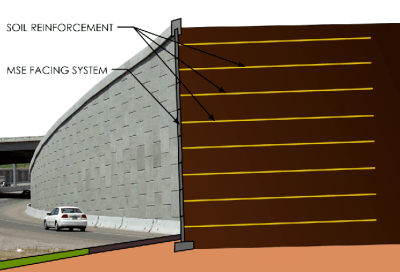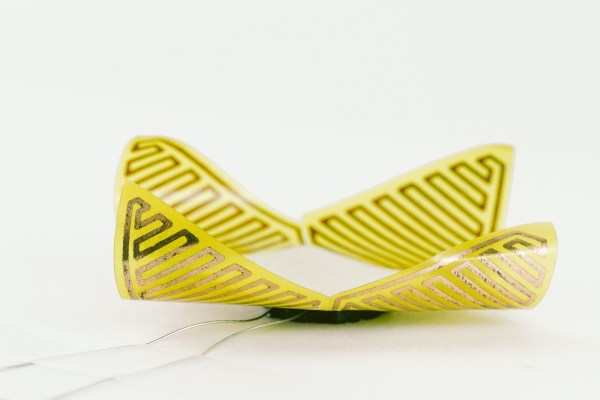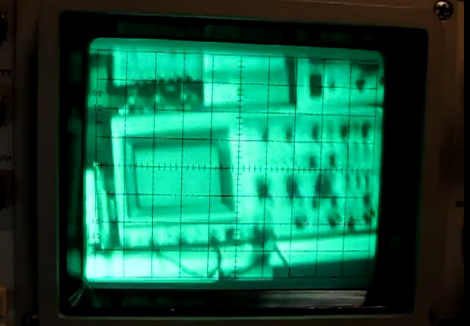When you’re building a machine that needs to be accurate, you need to give it a nice solid base. A good base can lend strength to the machine to ensure its motions are accurate, as well as aid in damping vibrations that would impede performance. The problem is, it can be difficult to find a material that is both stiff and strong, and also a good damper of vibrations. Steel? Very stiff, very strong, terrible damper. Rubber? Great damper, strength leaves something to be desired. [Adam Bender] wanted to something strong that also damped vibrations, so developed a composite epoxy machine base.
[Adam] first takes us through the theory, referring to a graph of common materials showing loss coefficient plotted against stiffness. Once the theory is understood, [Adam] sets out to create a composite material with the best of both worlds – combining an aluminium base for stiffness and strength, with epoxy composite as a damper. It’s here where [Adam] begins experimenting, mixing the epoxy with sand, gravel, iron oxide and dyes, trying to find a mixture that casts easily with a good surface finish and minimum porosity.
With a mixture chosen, it’s then a matter of assembling the final mould, coating with release agent, and pouring in the mixture. The final result is impressive and a testament to [Adam]’s experimental process.
We’ve seen similar builds before — like this precision CNC built with epoxy granite — but detail in the documentation here is phenomenal.


















